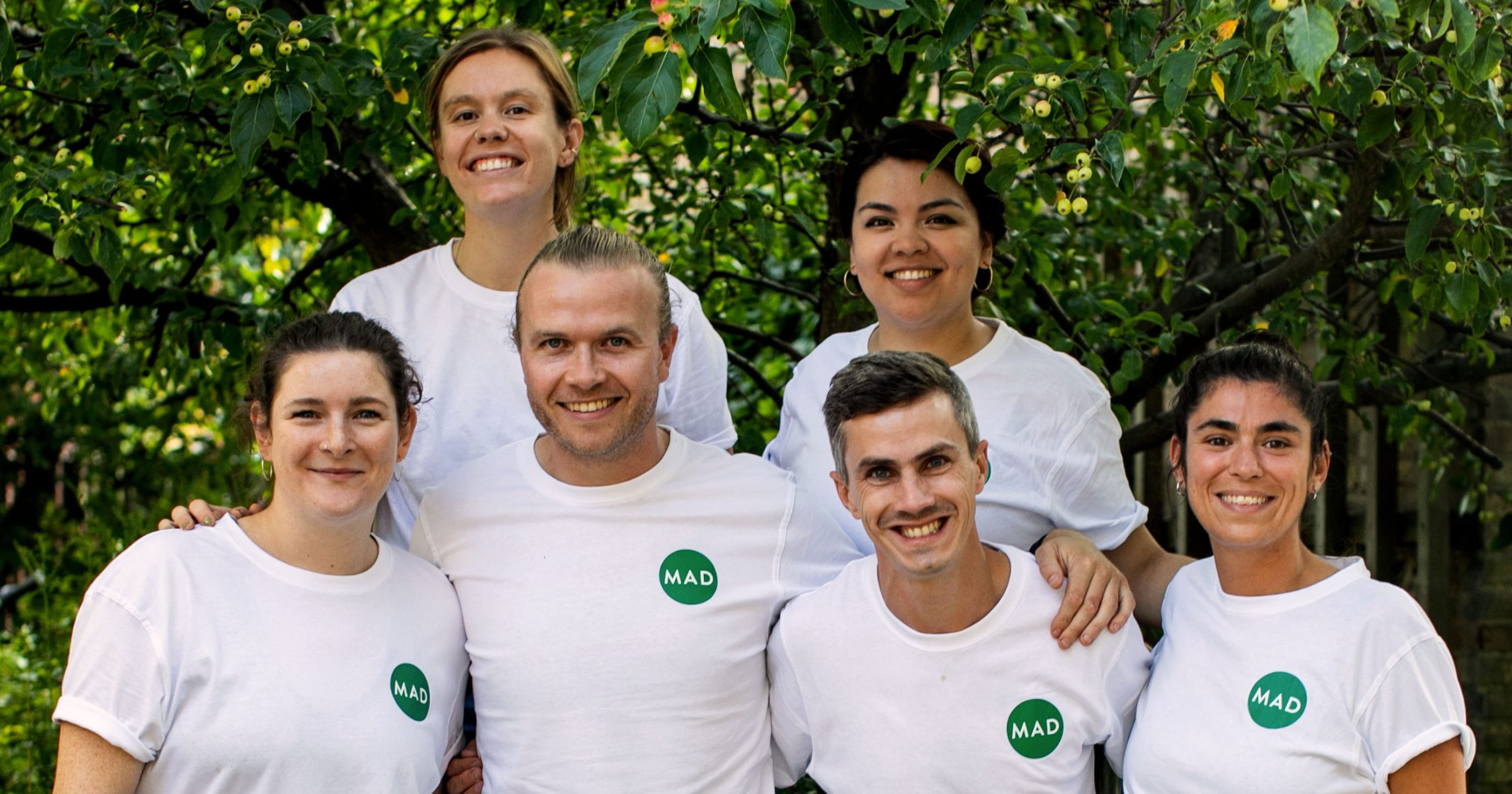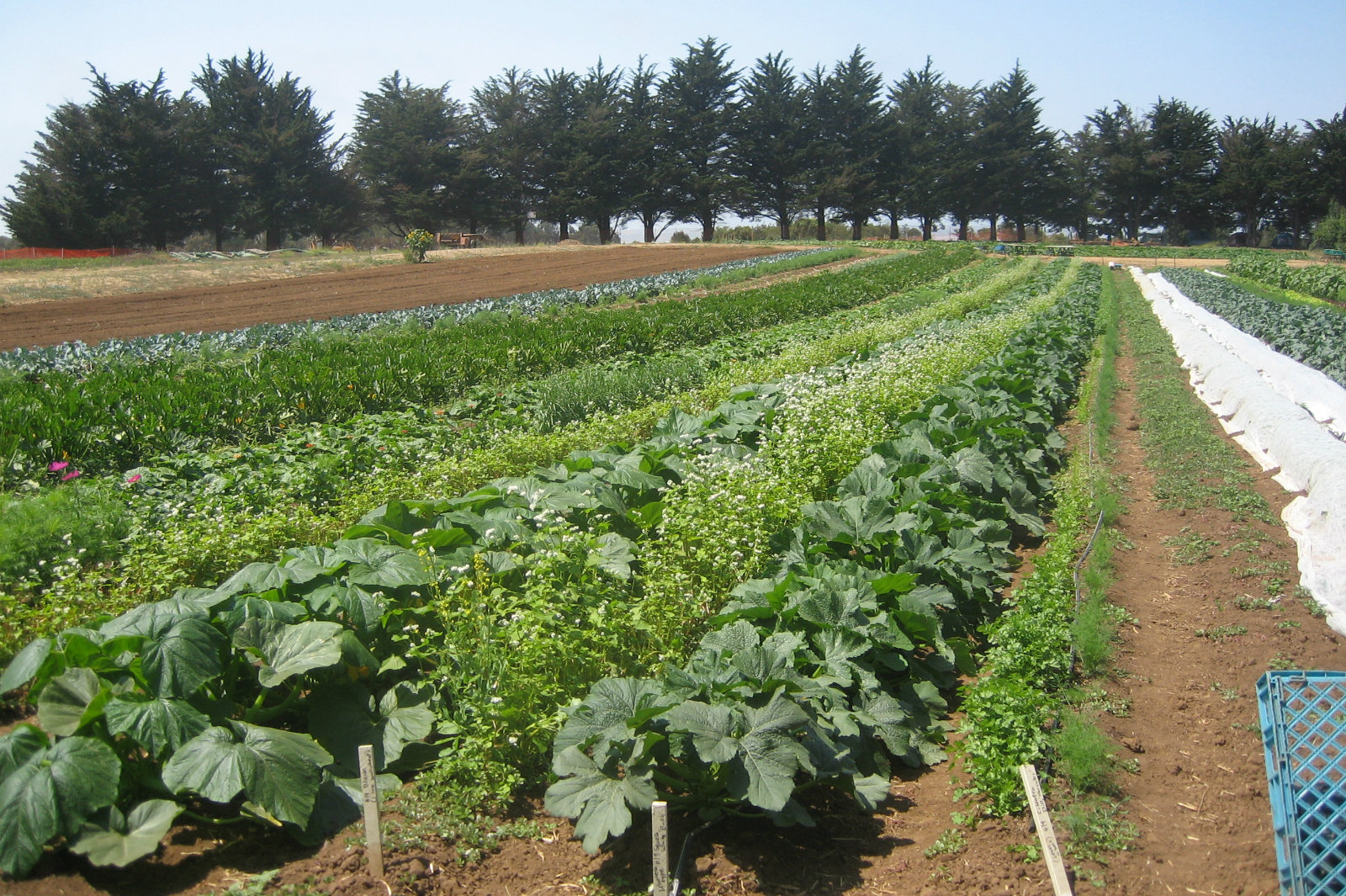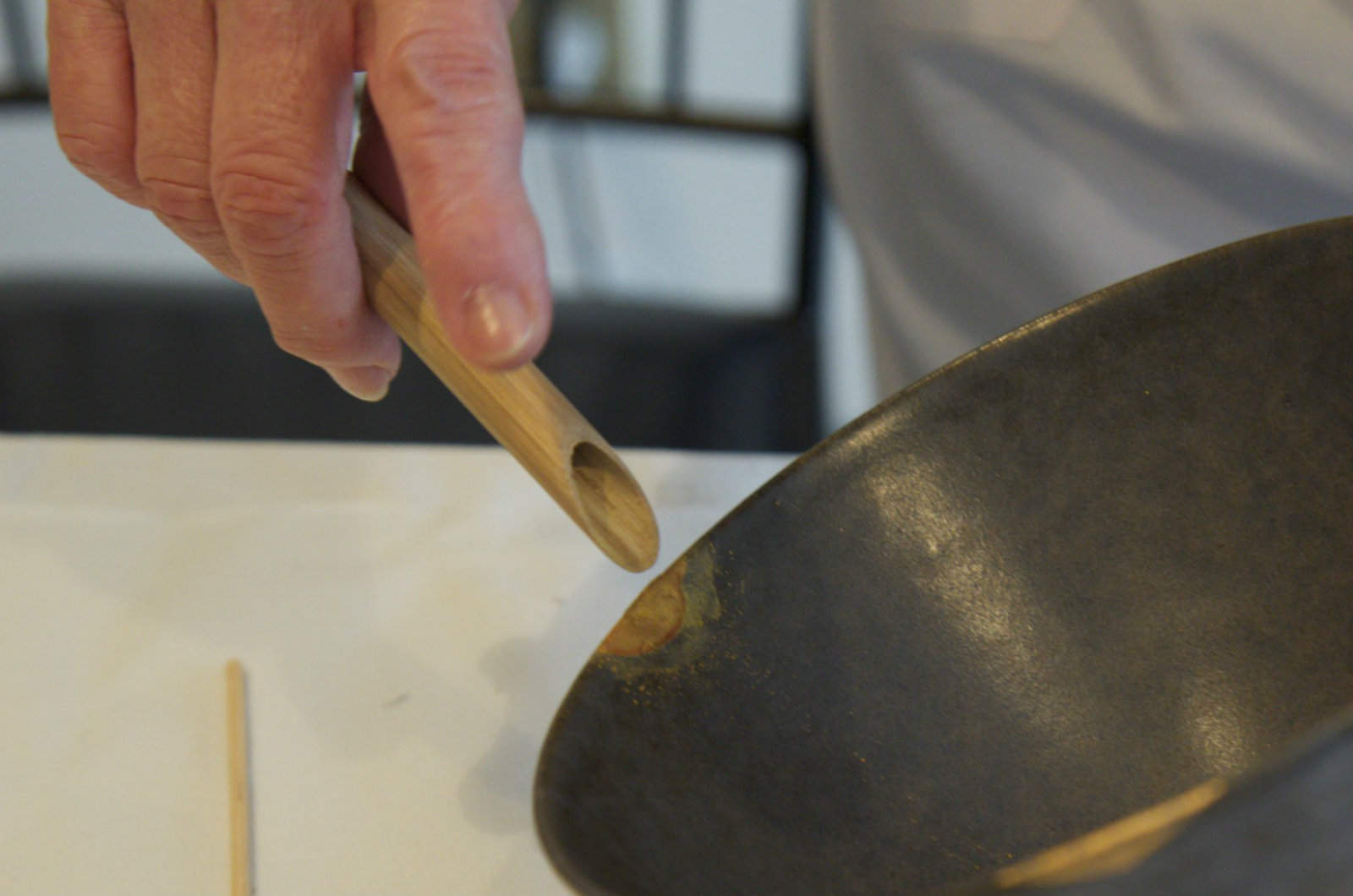Margot Henderson On Her First Days Cooking in New Zealand
Today chef Margot Henderson runs one of the most pleasant and delicious places in London, the Rochelle Canteen. You can go there from the morning until the late afternoon, eat nurturing braises, bright and lovely salads, and perfect puddings. It’s confident, smart food that’s everything you need when you want to feel like you’re eating in England’s capital.
Henderson actually grew up in New Zealand, where she landed in kitchens when she dropped out of college. She was trying to scrape up enough money to end up in the UK and figure out what she really wanted to do with her life.
Here’s what happened:
It was 34 years ago and I was 18. I had been doing English at university, and the best way to describe it is that I was struggling with the constant questioning of everything at school. I don’t think I was very good at it! I had always had a passion for food, so when I eventually dropped out and realized I needed money, I took a few jobs cleaning restaurants here and there. The place I ended up having my first real kitchen job was Java, a restaurant that was quite new for Wellington, New Zealand.
At the time, the restaurants in New Zealand that were licensed were incredibly French and posh and had to have the carpet in the loo. The rest of the places were cafés. Java was relaxed, but you could also eat in a simple and lovely way. It was so different. This was a place run by two women, Geraldine York, a former nurse, and the amazing chef Ayliffe Maddever, and it had more to do with a brasserie than anything else.
I had done a bit of work at Java washing up while I was still at school. It’s actually coming back to me now: on one of those days when I was tidying up the restaurant, I ended up drinking poison. They didn’t have a dish-washing machine, so while I was deep into cleaning all these plates and glasses, I saw a bottle of what looked like juice. “When I finish this I’m going to go over there and drink every last drop of that bottle,” I said to myself. Yeah, it was filled with poison.
Despite that ordeal, Ayliffe and Geraldine ended up offering me a job when I started looking for work. I was terrified. I thought, “Oh my God, I can’t do this.” That first day, you’re nervous about everything: your outfit, following orders, being able to not burn yourself and chop your fingers off, even though that of course ends up happening all the time. I noticed the heat, obviously, but also that so much of doing your job well had to do with moving your body through all of these tiny spaces and being efficient. When you’re a teenager, you’re pretty fragile, actually. You’re young, but you’re not that strong. I feared having to stand all day in a kitchen, constantly moving.
At the same time, I was so excited. I knew I was going to put food on a plate straightaway, as it was only two of us in the kitchen: Ayliffe and I. I showed up, she showed me what to do, and I ran through it in my mind, over and over. Then the orders came in and I ran around and tried not to get behind. It was dreadful.
The dreadfulness comes from the constant anxiety. These people were very passionate about their food and everything that they were doing. I saw that instantly. I had done some work washing up at a shit Mexican restaurant with a bunch of microwaves, but I saw that Ayliffe and Geraldine really cared. The food was local, though no one called it that at the time. Things were seasonal, though no one called them that at the time. It was a proper restaurant that made you give a shit about what you were doing. The whole time, I thought I was going to fuck up.
And Ayliffe never complimented me, not even on day one. That was the hardest thing. I always would look for a compliment, which was a doomed way of thinking. Occasionally — occasionally — she would say, “That was good.” Hearing “that wasn’t bad” from her could keep me going for weeks. I mean, at the end of the night, I’d have to go empty out the deep-fat frier and then go out back into the shitty little fucking alleyway and get the fat to refill it. I would sit there with a tear in my eye, trying to collect myself before going back inside. She was a very stern woman who wanted really good things and had very high expectations. To be told that you were doing okay, from her, was huge.
I can still picture my section right now. Ayliffe was on hot and I was on starters, cold, and pudding. On that first day, I think we actually may have done fried camembert! Her bread, though, was fantastic, and she taught me how to make it when I got there. She would do a beautiful piece of pork on the bone, cooked slightly pink, which was so unusual at the time. She was racy.
I didn’t understand what good food was when I was working there, but looking back, I can still sense that amazing feeling you get when you start to fall in love with the chef that’s teaching you. There’s something about that first one that captivates you, that becomes the person you look up to, and I bet so many cooks can identify with that. The mentor teaches you a dressing, and then there can be no other way for you to make it. There is no way but theirs. It’s just like a young romance.
And even though it was tough in the kitchen, the atmosphere of the place was lovely. We’d go out with the waitstaff after service and manage to get two, maybe three, hours of sleep before work the next day. It didn’t matter. When you’re young and have no idea what you’re doing or what you want to end up doing, to fall into a place that feeds you, that teaches you, that is there for you is a very comforting, meaningful, and addictive thing.
It wasn’t at Java that I realized I wanted to be a chef. That came later. I always thought that I was crap and couldn’t be a chef. I always wanted to be something else, even though I didn’t know what that was. I was working for money, in the end, and not because it was this great, thought-out thing where I was going to become a successful chef and dedicate my life to making food. Not at all. I was at the bottom of the world and I wanted money so I could get a ticket and go to England. New Zealand is a tiny, mini place. Music, movies, ideas — everything seemed to come from England. It was the natural step for someone like me to get that two-year working visa, travel, and see the world.
But five years later, on a New Year’s Eve, I decided I was going to make a resolution to become a chef. Enough was enough. Once I decided it, it all fell into place. It was incredible. As soon as you decide something instead of being all wishy-washy and pathetic, as I had been for so long, things happen. Within six months, I was head chef of a restaurant in England. And even though Java wasn’t where I had my revelation, Ayliffe’s beautiful bread, which I picked up on day one, is in my cookbook. And I still see so much of her in my cooking.
It’s amazing how things come back like that.
Illustration by Kristian Eskild Jensen




